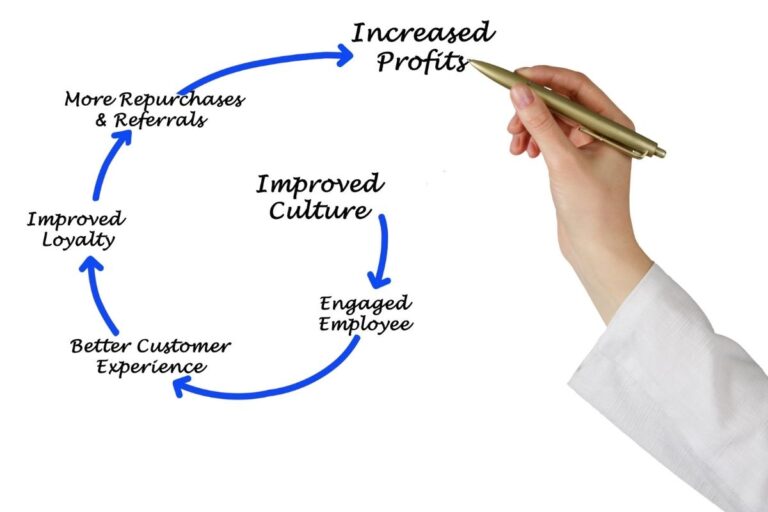No matter which 2021 workplace predictions or forecasts you read, people are the focal point. The need to attract and retain talent in a competitive labor market will continue to intensify regardless of technological innovations through AI and automation. Developing a distinct employment brand and fostering a strong culture to attract and retain talent isn’t new, but it’s never been more critical. These six practices will elevate your talent game in this new decade.
1. Put culture first.
The best way to make something important is to talk about it early and often. Starting every meeting with a question about culture, hiring or employee retention illustrates its importance and keeps it top of mind for everyone. Wondering what to focus on when it comes to your company’s culture? As a recent Glassdoor blog post recommends, “Forget about fancy perks like free food and ping-pong tables. The three most significant drivers of employee satisfaction are a clear mission, high-quality senior leadership and career opportunities.”
2. Get your employer brand right.
Seventy-five percent of job seekers consider an employer’s brand before even applying, so ensure your online footprint tells the story you want it to. Building a reputation as a top employer is important. In addition to your website and social media- and professional-networks, focus on third-party reviews, employee testimonials or awards or certifications.
Your employer brand is how you market to prospective employees. It is the public perception of your company as an employer, but it also describes your employee value proposition to potential and current employees. Be sure to define the values of your organization, both how it’s unique and what it stands for, communicating that your organization is a good employer and a great place to work.

3. Prioritize training over recruitment.
As AI and automation continue to gain traction in almost every workplace, it’s time to decide how your organization will adapt to this new reality. It starts with creating a culture of continual learning and change. People in today’s workforce, especially Gen-Zers, have high expectations for continuous learning and development. The companies that recognize this and respond to it will be able to attract and retain better candidates who will grow with the organization. To stay ahead of your future hiring needs, develop a comprehensive learning and development strategy that forecasts the skills you will need in the future and develops your people to match your future needs.
4. Focus on the candidate experience (i.e. play the long game).
Job candidates today expect a consumer-level experience. It takes a human touch to develop a relationship with the candidates and convince them to become employees. Not every candidate will join your organization, but every one of them will have an opinion about whether your organization is worth joining, and they are likely to share this information with others who may be your target candidate. Even if you choose not to hire someone now, treating them well and keeping in touch is invaluable as your needs change over time. Furthermore, we are seeing a significant surge in boomerang employees who come back to organizations after leaving if they are treated with respect and maintain relationships internally.

5. Amplify your recruitment efforts.
Tech tools such as ATS systems and AI candidate profiling should enhance, not replace, the human touch. Today’s tech tools can cut through most of the legwork so recruiters or hiring managers can focus on marketing your employment brand and the candidate experience. Recruiters of the past who are known to “post and pray” are no longer effective and are being replaced by super-recruiters who are part headhunter, part digital strategist and part customer-service expert.
Always get your employees involved. They are your best recruiters and can expand your talent pool tenfold just sharing the postings.
6. Don’t kill the office yet.
There is no doubt that flexibility and the ability to work remotely are top drivers for people accepting new jobs and staying at organizations, but that’s not the whole story. In a world shifting more and more towards knowledge work, physical proximity to other creative people is becoming more important, not less. Working together helps us build trust and community, collaborate and socialize, as well as giving us infrastructure and support. Rest assured, the office is not going away any time soon; most top employers are finding a blend of remote and office work is optimal.


